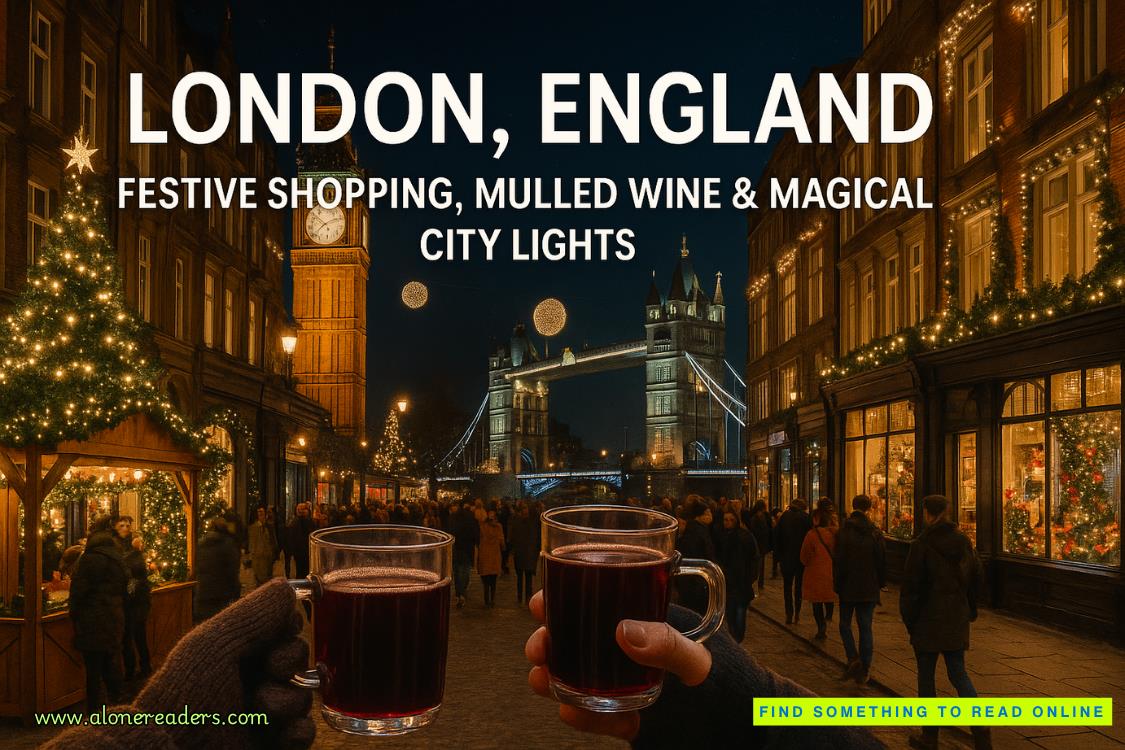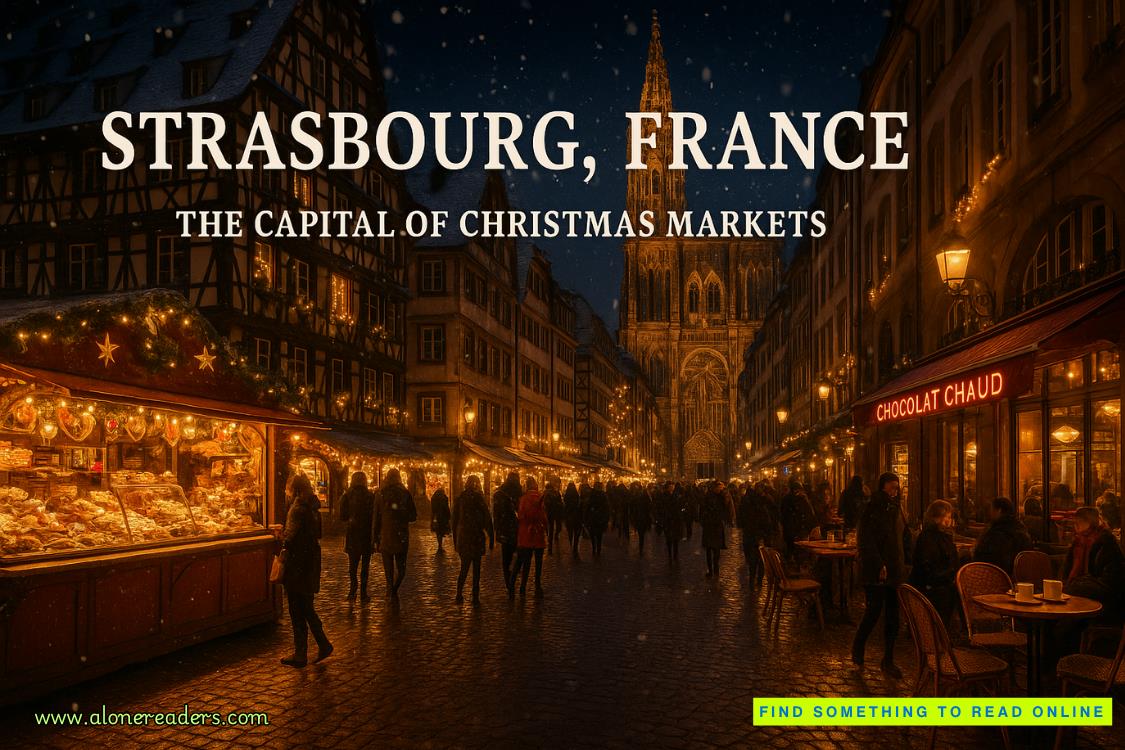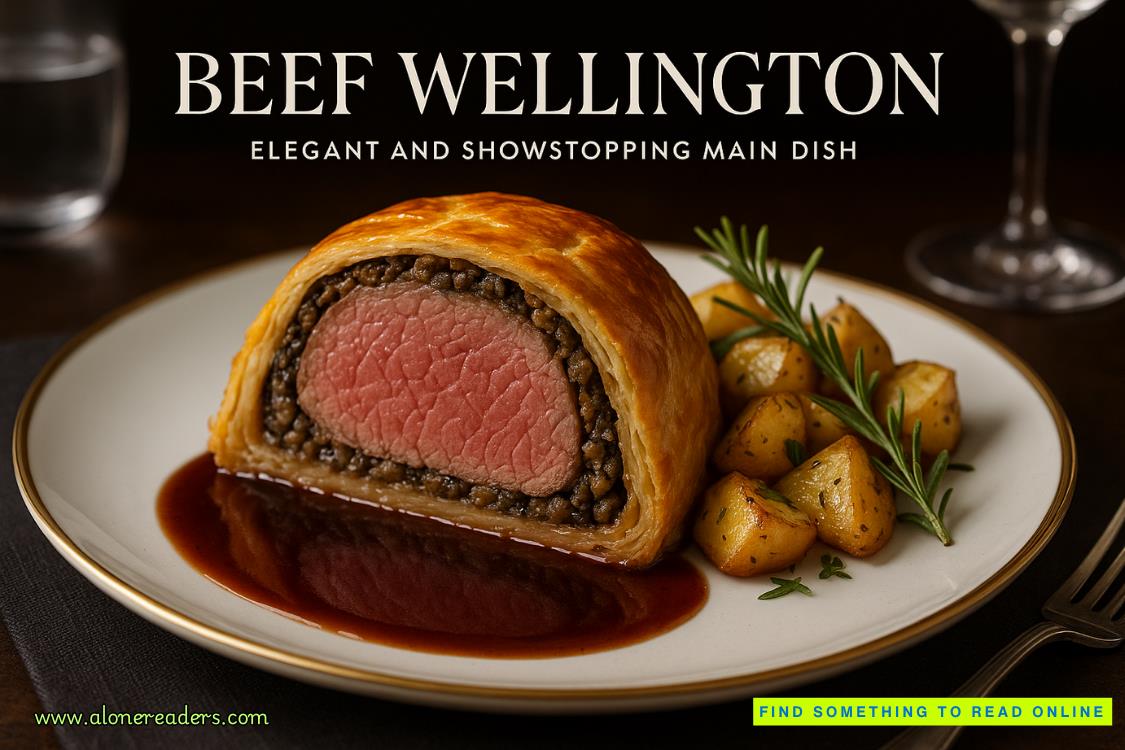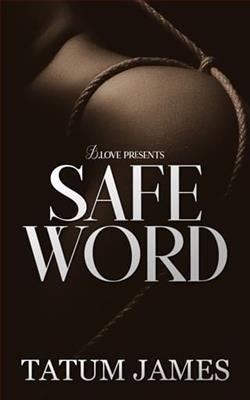Page 1 of Killer Moonshine
CHAPTER ONE
“I think your questions are irrelevant, Madam Chairwoman,” said the man. He was older, handsome in a short, stout sort of way, and wearing a custom designer suit, obviously made to hide his expanding mid-section. Not exactly the person they thought would be an advocate for moonshine becoming legal in Louisiana.
“Mr. Hugo,” she started.
“You can just call me Cassius,” he smiled with a sly grin.
“We keep things formal here, Mr. Hugo.” He leaned to his partner at the table, whispering something into his ear.
“I’ll bet she’s informal in the bedroom,” he smiled.
“Mr. Hugo, this committee is not satisfied with the information provided regarding the safety of your product. Customers we know to have had a drink of your moonshine, or someones, have been getting sick. We know that there are no guarantees of safety, and that’s just not good enough. We have a lot of questions.”
“Very well, ask your questions,” he smiled. “We have nothing not hide.”
“Is it true that moonshine is a high-proof, unaged spirit?”
“Yes, that’s true. It’s usually made from corn, sugar, and water, but many of the big distillers are now trying all sorts of beautiful combinations. You can add things like blueberries or blackberries, even certain plants and herbs. It’s truly an all-purpose spirit.”
“I’m sure it is,” she said with a frown. “And this all began because of high taxes on alcohol in the Depression, correct?”
“Yes and no,” he said, nodding. “It actually originated in England and was just a term used to describe liquor smuggled during the nighttime.”
“And this combination of ingredients, it’s cooked on an open fire?”
“I think you’re simplifying things. This is a complex process that requires skill and gentle hands. The mash is fermented to produce alcohol, which is then distilled to separate the alcohol from the mash solids. Unlike whiskey, which is typically aged in barrels, moonshine is bottled and consumed immediately after distillation, giving it a strong, raw taste, something a man, or woman, can really sink their teeth into. There’s no waiting for an aging process. It’s why people like it so much.”
“I’m sure they do, Mr. Hugo, but isn’t it often seventy-five percent alcohol by volume, sometimes higher?”
“Yes, that’s true.” He nodded at her, pursing his lips. He didn’t want to go down this road because they would lose any ground that they’d found.
“Mr. Hugo, that would kill the average person,” she said, staring at him.
“Most people don’t understand that they have to be grown-ups to drink moonshine,” he smirked.
“Mr. Hugo! It would be greatly appreciated if you would behave as an intelligent adult in this matter. It is nothing to make light of when people have died from drinking this concoction.”
“Ma’am, I don’t mean to make light of anything. But this isn’t something that’s just going to go away because you don’t want to give it your approval. Moonshine has been around for more than two hundred years, run by men in race cars they designed themselves, which many of us know led to the NASCAR that we know today.
“I think you underestimate the value that something like this could bring to our economy. It’s not just about drinking moonshine. Moonshine was used for sanitation and in mountain medicines before modern alternatives were available. Many of those alternatives have proven quite useful in the medical world.
“Did you know that moonshine accounts for approximately one-third of the consumption of alcohol in the world?”
She frowned at him, leaning to her aide to check those facts. The aide quickly showed her something in the massive file and then on the tablet.
“And what is the process to get to this medical miracle?” she scoffed. He only smiled at her, nodding.
“The process is called fractional crystallization. Theethanolmay be concentrated in fermented beverages by means of freezing. For example, the nameapplejackderives from the traditional method of producing the drink,jacking, the process offreezing fermented ciderand then removing the ice, increasing the alcohol content. Starting with the fermented juice, with an alcohol content of less than ten percent, the concentrated result can contain twenty-five to forty percentalcohol by volume.”
“And these stills where moonshine is made, how are you going to ensure the public that they are sanitary, safe, and producing drinkable products that won’t poison them or kill them?”
“Everything is done by heating the product. That alone allows it to burn off any possible bacteria.”
“And are you an expert in bacteria and how to kill bacteria-borne diseases? Can you guarantee that no bacteria will appear?” He frowned at the woman, angry by her questions. “Breweries use heat as well, Mr. Hugo, but I’ve never known anyone to die from bacteria or other issues while drinking a beer.”
“Not today,” he smiled. “Decades ago, yes.”
“Again, you are making light of this situation. We’re not talking about what happened decades ago or even a year ago. We’re talking about what’s happening right now, right here today! Many of these distilleries are operating illegally in the woods, Mr. Hugo! This is not something I find amusing in the least.”















